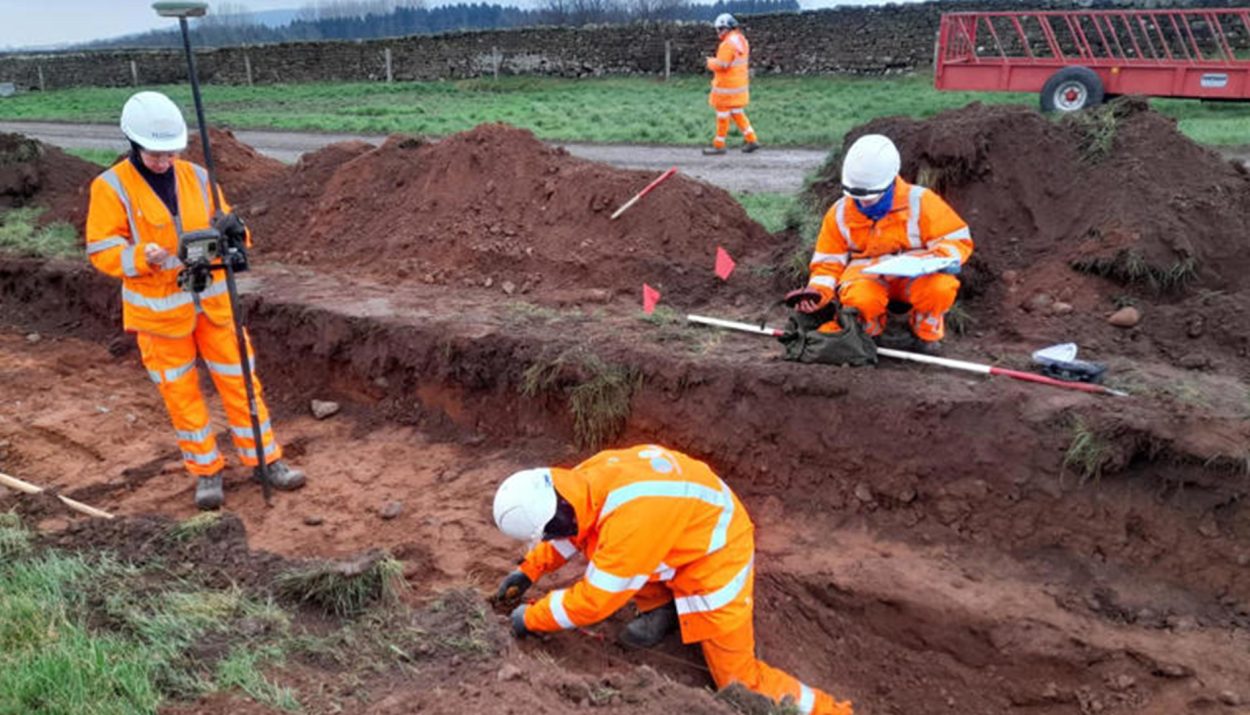Here’s what usually happens. A group of construction workers are sent to repair or improve a road. As they start moving earth around, they stumble upon a significant ancient discovery. Then the roadwork is halted so an archaeological team can complete an excavation.
Folks in England recently took a proactive approach. Before a major road improvement project began, they sent out archaeologists to take a look at the road in question and scout for potentially undiscovered sites worthy of archaeological study. What they found will amaze you.
A Major East-West Thoroughfare
A66 is a major thoroughfare in northern England. The east-west road links North Yorkshire County with Cumbria County.

The A66 Northern Trans-Pennine Project plans to widen portions of the road. But first, they want to make sure the work won’t damage unknown structures from ancient times.
A66 Is Actually a Very Old Road
A66 was built over a much older road that was constructed by the Romans to connect Scotch Corner to Penrith. But this ancient Roman road was erected over an even older road … one that has been in use for 10,000 years.

According to Stephen Rowland, the project manager at Oxford Cotswold Archaeology, “This route followed by the modern A66 through the Eden Valley and Stainmore Pass was ancient even when the Romans formalized it with their own road, nearly 2,000 years ago.”
“Since the End of the Last Ice Age“
Rowland continued, “Significant road and river junctions and crossings are still marked by prehistoric monuments, Roman forts, and medieval castles, whilst the fertile valley has supported communities since the end of the last ice age.”

With so much history in this region, it is no wonder that the A66 Northern Trans-Pennine Project anticipated finding archaeologically significant discoveries during the road work.
Northern England in Prehistoric Times
About 900,000 years ago, early humans lived in what is now England. We know because flint tools dated to that time period have been unearthed near Norfolk. It would have been much easier for ancient humans to get to England … Britain was a peninsula off the European continent in those days.

So far, the oldest human remains discovered in England – the bones of a six-foot-tall Homo heidelbergensis – extend back some 500,000 years. Between 300,000 and 35,000 years ago, Neanderthals inhabited England. After that, the ancestors of modern humans arrived.
England’s Ice Age
The last ice age occurred between 110,000 and 12,000 years ago. During that time, a sheet of ice covered the North Sea and most of England. Human inhabitation was sporadic during this time. No permanent settlements have been found but there is evidence that nomadic hunter-gatherers visited from time to time.
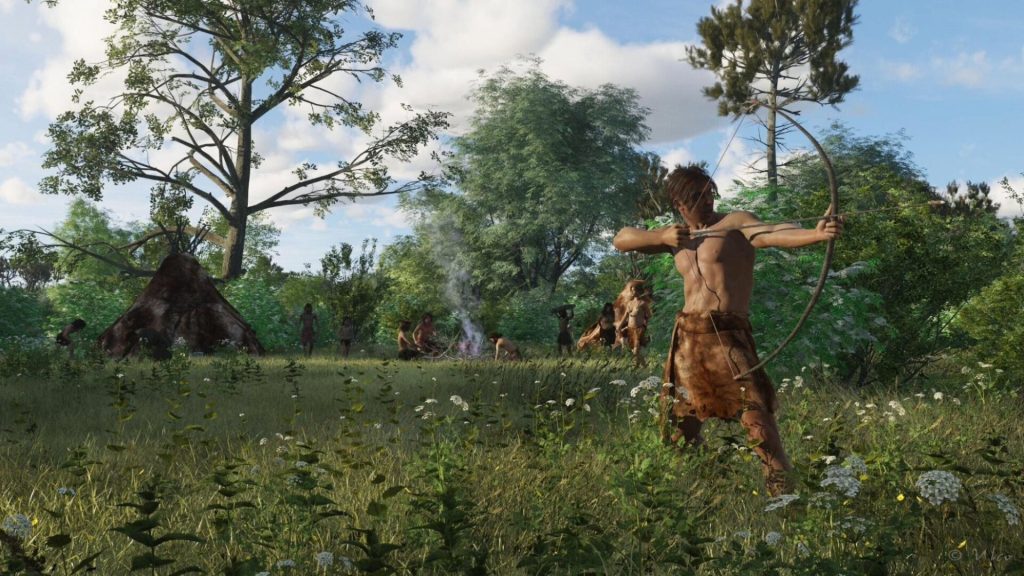
When the climate began to warm around 12,000 years ago and the ice retreated, England became better suited for habitation. At the start of the Mesolithic period, hunter-gatherer communities sprang up. Soon, these became permanent settlements.
The Neolithic Period in England
It was during the middle and late Neolithic Period that prehistoric people began erecting sacred monuments. These included earthworks and mounds, as well as henges and circles constructed using wood or stones.
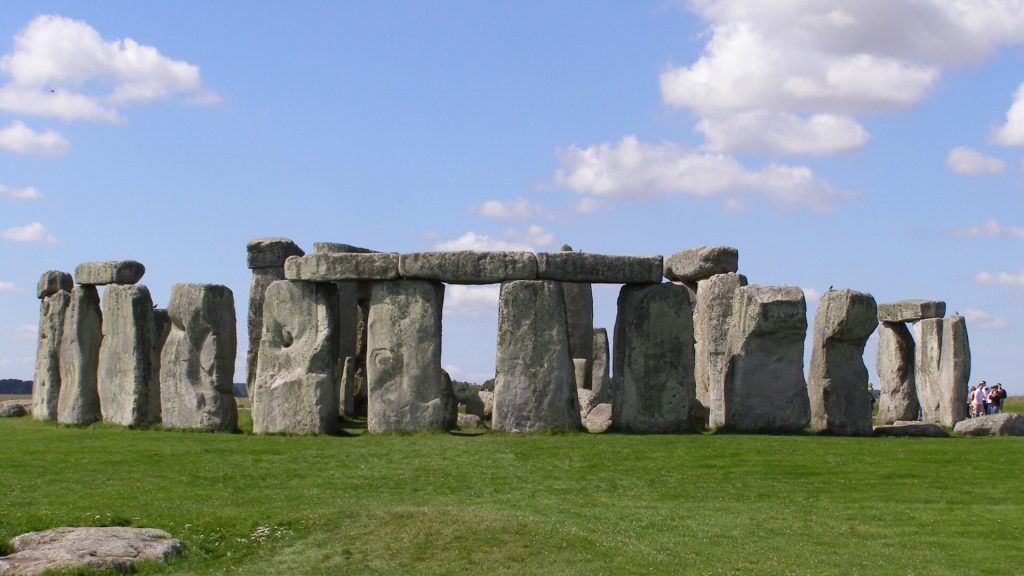
Some of these, like the Castlerigg stone circle of Cumbria, date back to 3000 BC. Stonehenge, the most famous of these Neolithic megaliths, was built around 2300 BC. The flint tools discovered in Norfolk have a date range between 2600 and 2200 BC.
England’s Bronze Age
England’s population soared during the Bronze Age, which lasted from 2300 to 800 BC. Villages grew into cities.
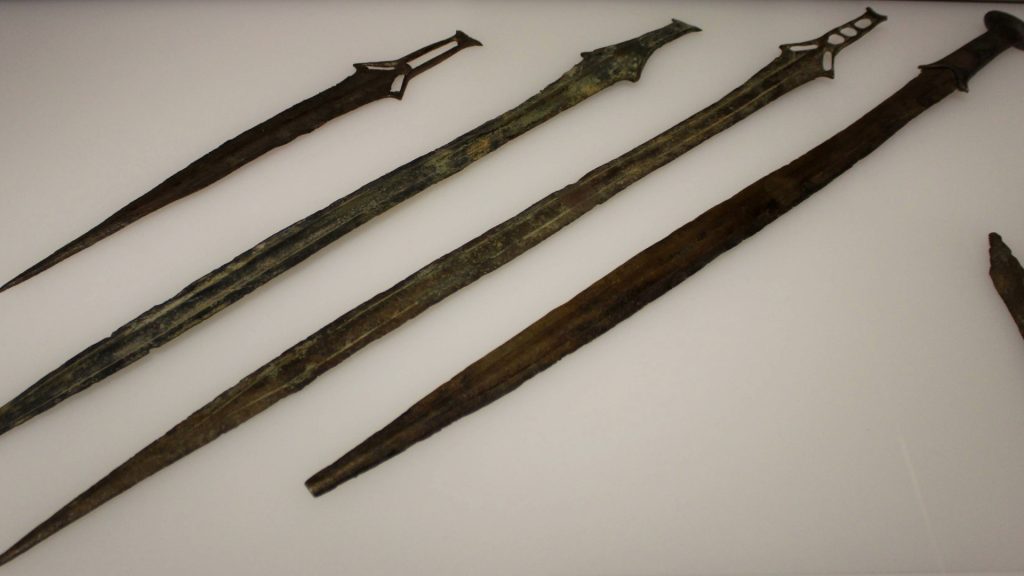
At this time, we see the emergence of metalworking. Copper and bronze weapons, jewelry, and tools were made.
Warrior Kingdoms of the Iron Age
During the Iron Age, from 800 BC to 50 AD, the various villages aligned themselves with regional kings. Kingdoms fought each other over to acquire land and natural resources. Forts were built and the people learned to make iron tools and weapons.

The Romans arrived in England in the late Iron Age. In 55 and 54 BC, the armies of Julius Caesar raided Britain. A century later, Emperor Claudius set out to conquer Britain and make it part of the Roman Empire.
The Romans in Britain
From 43 BC through the early part of the 5th century AD, the Romans occupied and ruled England. They built major cities, including London, and constructed a network of roads.
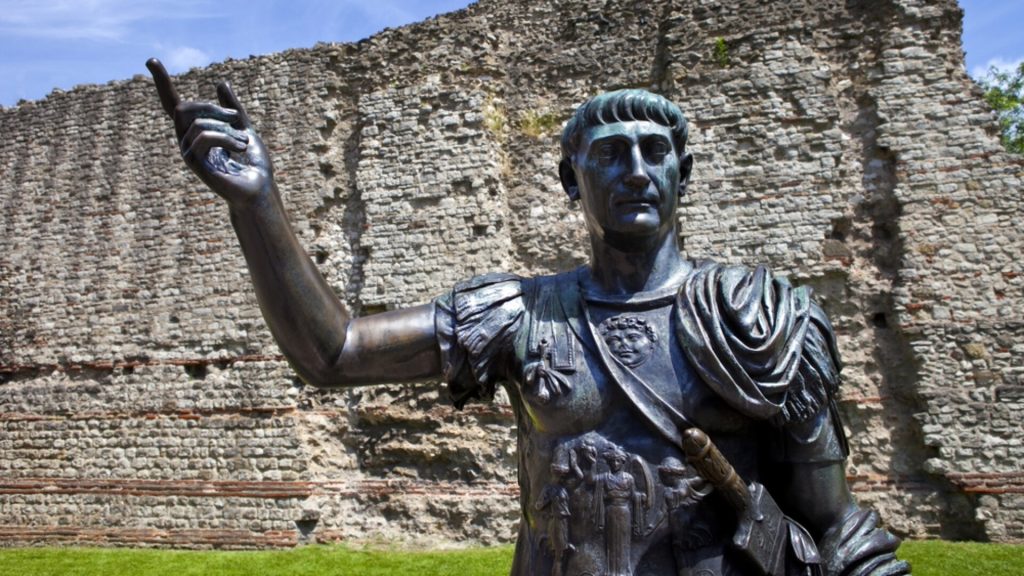
The Romans had a tremendous influence on England. From laws, language, and religion to architecture, customs, and military strategy, the Romans left their mark on the country.
Why the History Lesson?
This brief history lesson was intended to explain the rich history of the area where the A66 highway is located. And to explain the various artifacts and discoveries that have been found by the A66 Northern Trans-Pennine Project so far.
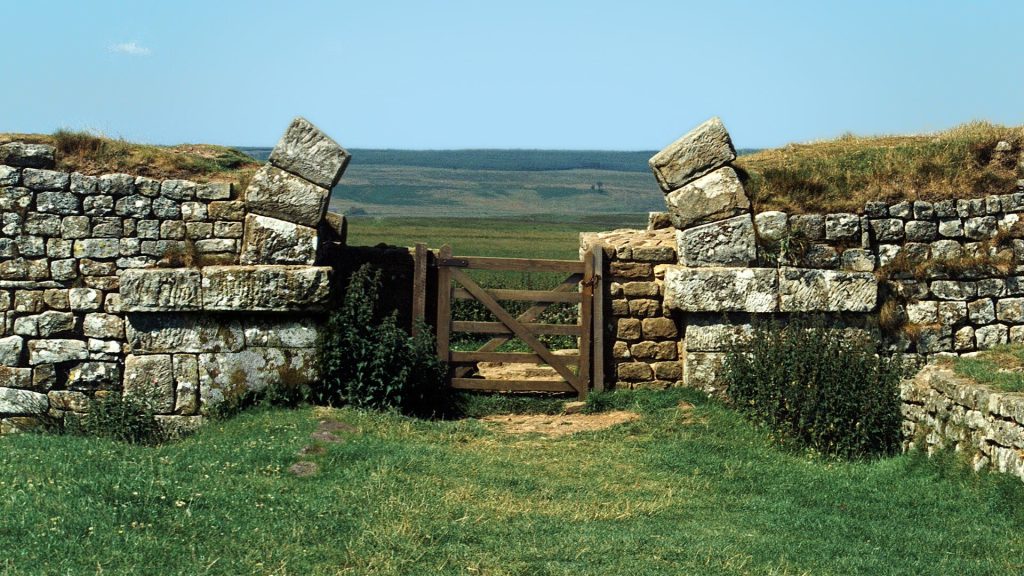
“We’re currently half-way through excavating hundreds of trial trenches within the footprint of the proposed project,” explained Rowland. They have uncovered several significant finds, some of which date back more than 6,000 years.
Important Discoveries
Among the discoveries are canals and waterways that demonstrate how the prehistoric Cumbrian people manipulated the environment to suit their needs. This proves that humans were directing the flow of water long before the Romans built their famous aqueducts.
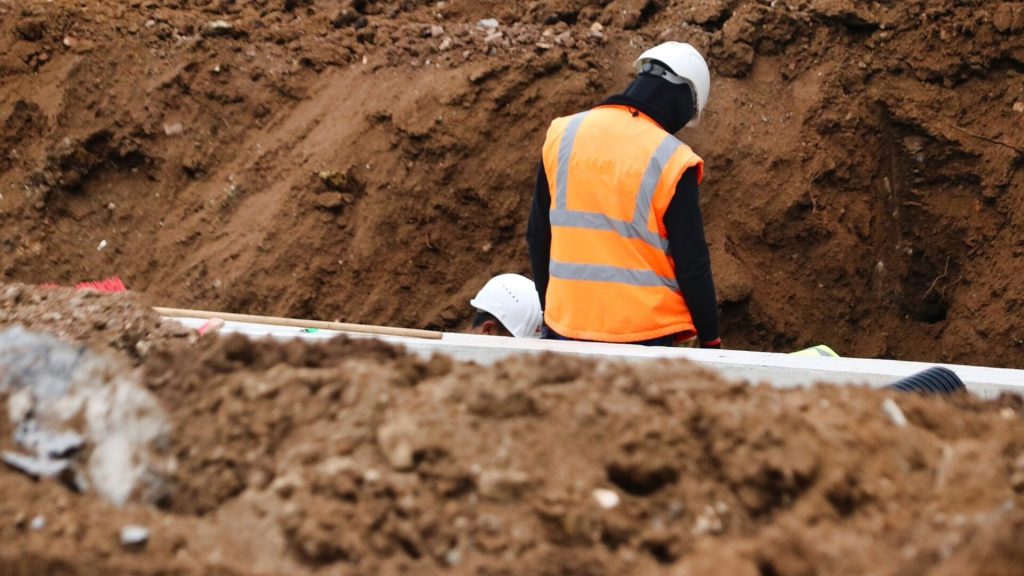
In addition, the archaeologists have revealed the ruins of an ancient settlement that dates to the Late Neolithic or Middle Bronze Age … between the years 1600 and 1200 BC. At this site, the researchers have found manmade pits, gullies, ditches, and post holes. Stone tools and shards of pottery have been found.
Discoveries from Roman and Medieval Times
The research team has located signs of Roman farms and villages. In these locations, the archaeologists have found such artifacts as French pottery and a copper alloy brooch.

In another portion of the highway, the archaeologists discovered the remains of a “grubenhaus” – a building constructed over a rectangular pit. This find dates to the early medieval era.
Thousands of Years of History
“There’s lots more work to do and finds to be made as we seek to tell the story of 10,000 years of human history along the course of one of Northern England’s most significant routeways,” said Rowland.
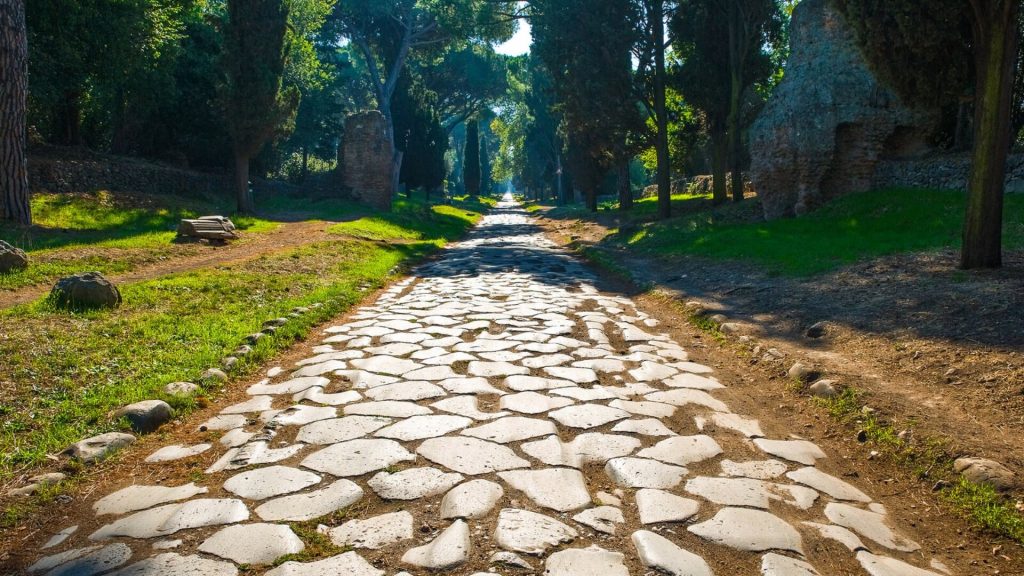
He added, “These discoveries will contribute significantly to our understanding of how people in the past adapted to changing environmental conditions, and we look forward to further insights as the project progresses.”
A Unique Way to Handle Upgrade Projects
The A66 Northern Trans-Pennine Project represents a new way of thinking about present-day construction and infrastructure projects. It puts a focus on remembering and valuing the unique history of a region.
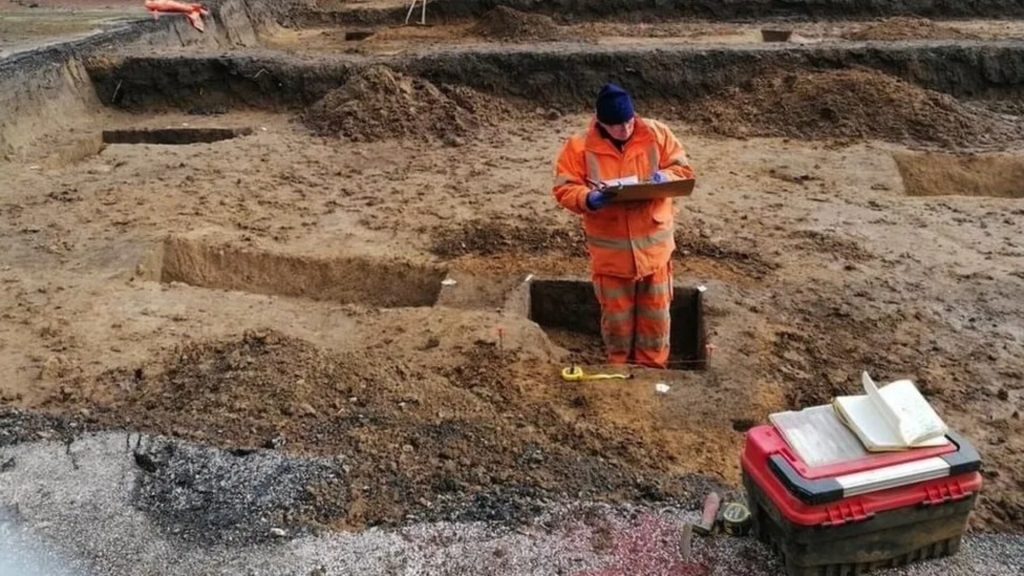
Stewart Jones, the director of the A66 Northern Trans-Pennine Project, noted, “We are excited about the findings from the A66 Northern Trans-Pennine Project, as they provide a unique window into the ancient history of Cumbria.”

